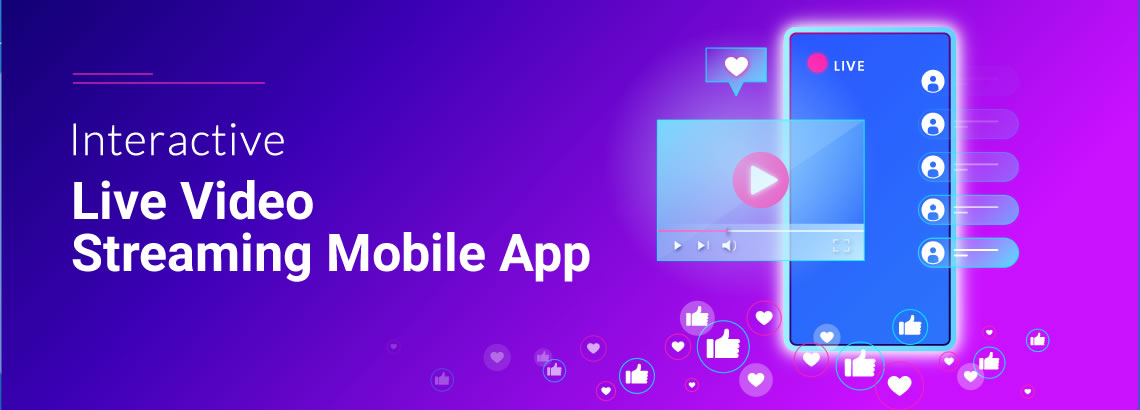Human interaction has changed over the last couple of years owing to the Coronavirus pandemic and unmistakably technology has played a crucial and mixed role in it then, and now in the recovery period. Personal and business transactions have gone digital and online. The ubiquitous video has gained tremendous popularity in both the internet and mobile applications, causing a torrent of video content being developed, distributed and also consumed in very increasing amounts. This has resulted in the video format capturing the attention of businesses, services, organisations and even governments.
In the realm of smartphone and mobile app usage, this trend has caused a remarkable change and influenced our ways of communication and interaction. Live streaming video content has become increasingly popular, so much that most social media platforms have introduced it or something similar to it, in their UI and UX applications. For instance, the social media app Twitter launched in 2006, added video content later in 2013 to keep up with popular trends.
To Meet the Increasing Demand for Low-Latency Streaming
The ever-increasing popularity of mobile devices and smartphones have led to a tidal wave of mobile applications flooding the market. And video formats have gained the maximum prominence and popularity. Although the internet was not made for video formats, higher levels of applications such as HLS protocol and similar ones, are trying hard to ensure uninterrupted video playback. The need of the hour is low-latency live video for many entities and applications.
Users want to leverage this medium and the demand for streaming video content goes up, but the control they want in quality and interaction with audiences depends on the streaming servers, the software and intricacies involved at the backend. There is a delay in what a camera captures as video and when the video is displayed on a screen, which is called latency. If this delay is under the 5 second range, it is low-latency streaming. The mobile smartphone and portable devices are becoming increasingly popular and the need for video on such devices are equally increasing. Many popular social media platforms have started offering a video streaming or playing facility in their apps.
Get your app built or upgrade your with live video streaming capability
The live video streaming app allows users to broadcast the video and audio to viewers in real-time. How does live streaming app work? Live streaming app gets the video and audio output of your camera and broadcasts it to other viewers with the help of specific protocols (RTMP, WebRTC, HLS, SRT). You have to choose an Online Video Host to enable you to build and use a live streaming app. The solution should be easy to be integrated into your app’s ecosystem and also include social sharing, authentication, monetisation, user relations, etc.
To Conclude
Mobileappoutsourcing is capable of building a rich and effective mobile apps with a team of app developers with the right experience and expertise. We have built apps for video curators too. Here is the right mobile app developer for you, who can help to build appropriate mobile applications for your online business or service or any other requirement. You can build in live video streaming into your app or enhance your existing app with interactive video capability like that of video calling, later on with the help of our expert team.
Don’t miss opportunities, as a successful mobile app is worth investing, because it pushes up audience reach and ROI. We are committed to not just satisfy but exceed customer expectations by offering high quality solutions, on time, every time. Just discuss with our mobile app development team to know what’s best for your mobile app idea and business.
Welcome to our website (www.mobileappoutsourcing.com) to know more and permit us to help you and your business. Otherwise, leave your enquiry with us and our team will get in touch with you soon.




